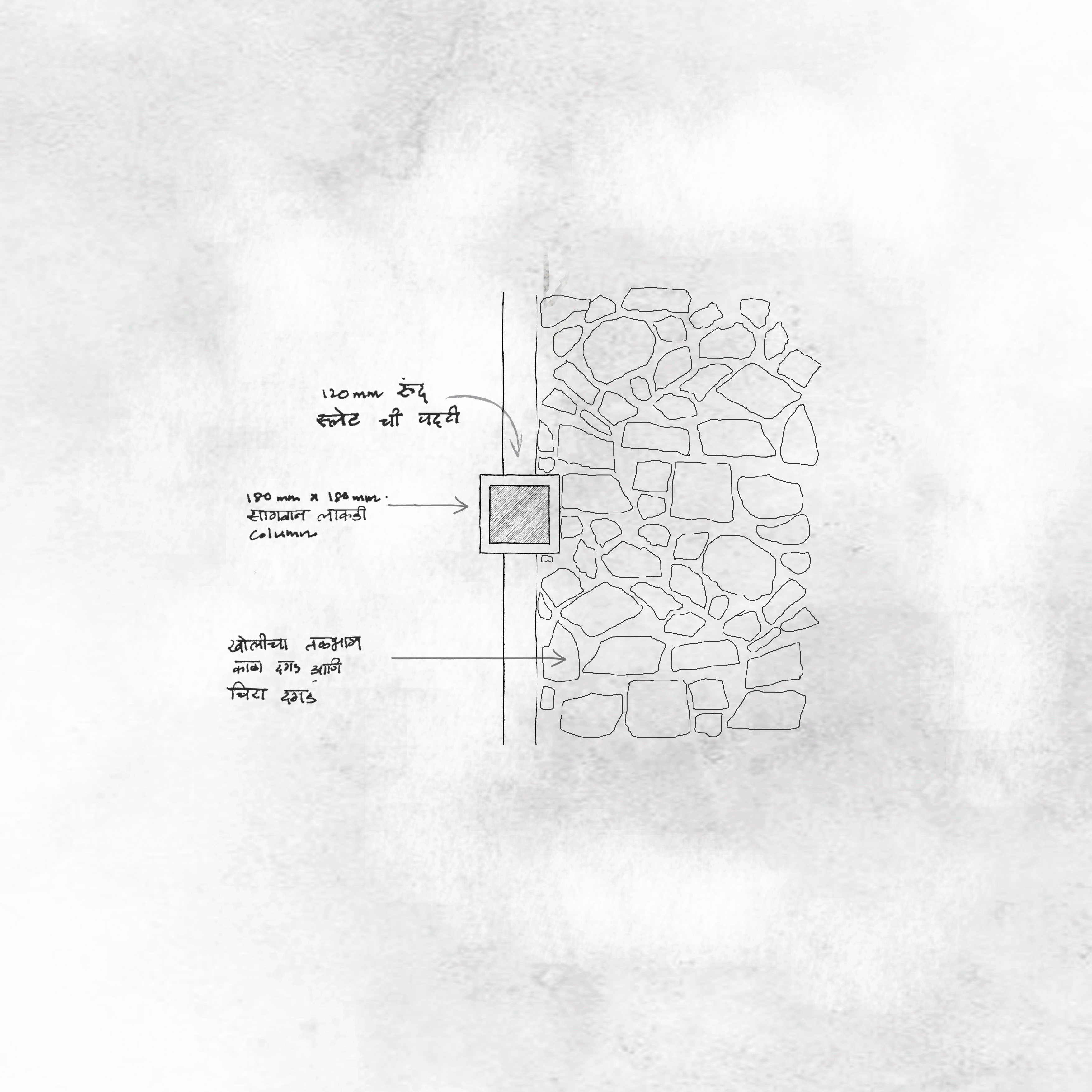
Conflictorium, Pune
"The sound of the City"
Spaces that provide a platform to the different sects of the society to come together, debate, discuss and decide become the foundation stone to celebrate the a pluralistic society. These spaces become the expression refuges for the public via art and culture and help them build a dialogue to voice their opinions.
This kind of a space is in essence an incubator for the people to not only talk about the larger, more complex issues of a democratic environment but even open a discussion for their everyday issues and struggles. They have a potential to quickly become a part of their quotidian life and the heartbeat of the city. It works as much to commemorate and promote the culture of the city as it does to become an outlet to understand what the grass root ecosystems are of the city. Such a space was started in Ahmedabad and is now being proposed in the heritage rich city of Pune as well.

Site
The city of Pune in the state of Maharashtra has long been known for its long rich history and its opulent culture. The site in particular sits at the heart of this city, the area that has always been in the middle of all the action. It is in the vicinity of ‘Shaniwarwada’, that sits on the banks of the city’s main river and was the seat of the rulers of Deccan in the past, a strong architectural symbol even now.
This site area around is littered with many such remnants of the said period that has seen everything from wars to politics. It would therefore form the perfect link to connect the bygone era and the modern age, to connect the culture and the everyday. the site forms a part of the old city which is still very much active and sees a lot of foot and vehicle traffic ensuring the space always stays in the thick of the people who interact with the public spaces.


The area of Tambat Aali is unmissable in the city of Pune. In essence they form a close knit community that resides in a labyrinth of bylanes or ‘aalis’ as they are called locally. This community is know for their intricately carved and moulded copper work. The entire area is always filled with these craftsmen sitting in the front of their homes on the ‘otta’ and go about their work.
The sight of them not only still pursuing their artwork but also pour their heart over it in this day and age, is invigorating. The craftsmen understand the material, its nuances, its limitations and they have perfected the art of beating this material into its finer shape. The tapping of the copper vessels is the constant that follows you in these varied bylanes. It indulges your sense of hearing and is an essential part of the experience itself.

Structure:
The structure in itself has been kept simple and bare with a nominal footprint. This was required to keep the focus on the activities that are going to be performed in the space. It had to speak to its surroundings, the rich edifices of the past, and yet find a way to connect and converse with the contemporary times and their problems. The material palette hence includes the indigenous material of the site surrounding and brings out the capabilities of working with the human hand imprints.
Material Palette

Site





The whole idea is to collaborate and create a space that would not only house the community but also make them feel an equal part of it


. These slow processes help in heightening the overall effect of the space. They work to evocate and engage the gaze of the humans in fully experiencing their surroundings.




